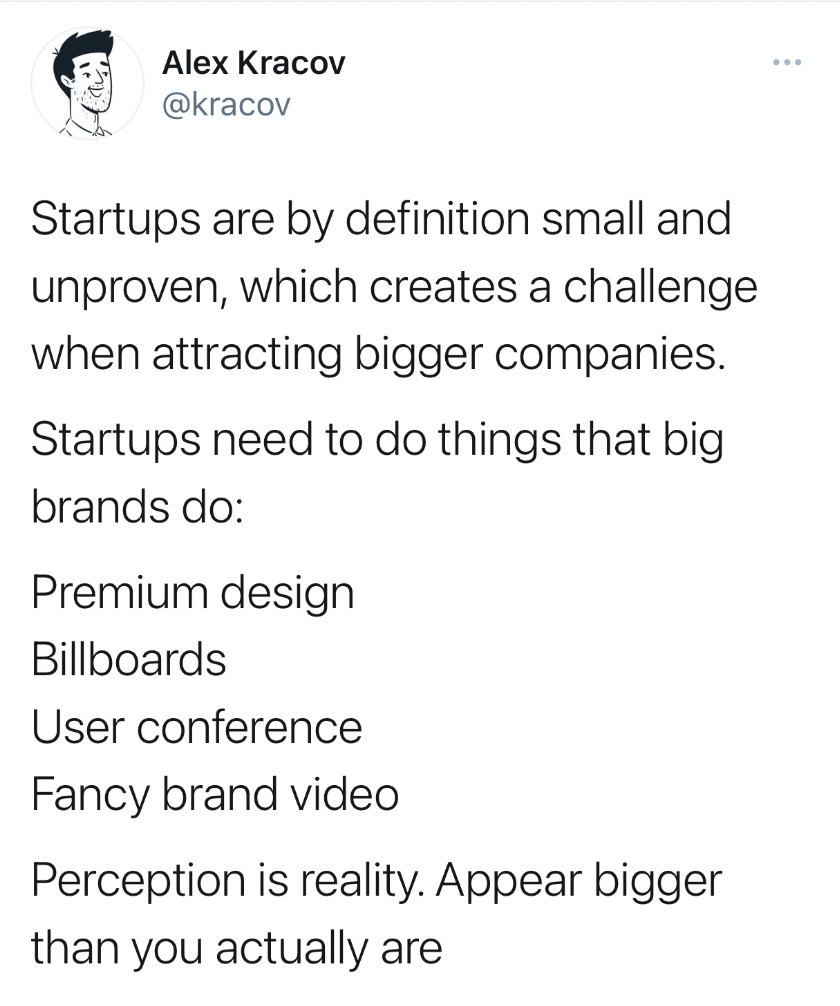In 2015, co-founders Jack Altman and Eric Koslow created Lattice HQ, a people management SaaS company.
Why? To create better experiences for employees getting lost in the shuffle at hyper-growth start-ups and established companies alike.
Koslow and Altman had previously been working together at Teespring, a rapidly growing e-commerce platform. As it grew, they encountered a lot of people management issues: aligning internal communications was becoming increasingly challenging, employees were losing their sense of purpose, and the company wasn’t deliberately investing in the culture.
Based on the premise that good people strategy equals good business strategy, and feeling that there wasn’t a software solution optimized for this yet, they founded Lattice.
Just six years later, with 109% year-over-year growth, a $400M post-money valuation, and 2,500+ customers with a common vision, their bet has paid off.
Read on to discover five key strategies that led to Lattice’s success.
1. The leadership completely aligned around the vision
Investing in people is the premise that guides Lattice’s brand. Lattice’s vision of making work meaningful for people at all levels of growing companies positioned it as a competitor in a market that was changing. Around 2016, established corporations and start-ups in hyper-growth alike were realizing they needed to invest in their culture, their people, and not just see them as a resource from which they could extract value. “We started Lattice at the beginning of a wave of change that was quietly taking off,” commented Altman. Their timing couldn’t have been better. They were prepared to bring their vision to life.
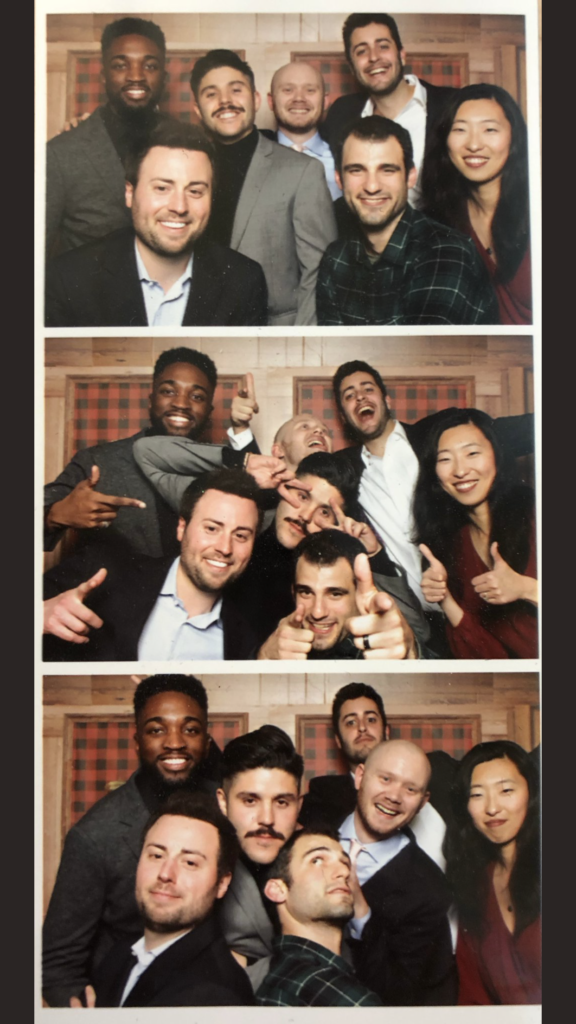
However, “a vision shouldn’t live in a vacuum,” says Altman. He believed his leadership team needed to be 100% aligned around Lattice’s vision, strategy and principles. Altman fostered dialogue and disagreement in the decision-making process, but also insisted that everyone be united around and committed to the decisions that were eventually made. Everyone needed to buy into Lattice’s story. Everyone needed to agree about what kind of customer Lattice will serve. Agree whether Lattice wanted ten $100K customers, or one hundred $10K customers.
Lattice’s vision to invest in employees has stayed the same, but Lattice has had to adjust its products to accomplish the vision along the way. “You can be stubborn about your vision, but not about how you get there,” says Altman.
2. Early on, Lattice was relentless about achieving product-market fit
According to Altman, any new venture’s top priority should be to get product market fit (PMF). “You’ll know you have PMF when strangers buy your product, when they’re passionate, when twenty percent of demos convert, etc.,” Altman quips on Hackernoon. Altman also recommends spending as little cash as possible so you have as long as possible to find product market fit.
Although Lattice nailed their vision and principles, they discovered their first product – Goals – wasn’t as robust as what their customers wanted; they actually wanted a lot more. Altman had demoed Goals to prospects with whom he had too close a relationship, which failed him. He wasn’t passing the so-called “mom test.” He got a lot of “that sounds cool” and not a lot of sign ups.
A month later, Lattice released its Check-ins tool.
Still not it.
It wasn’t until Lattice released Reviews in October 2016– five months after launching and one year after its founding –that Lattice found product market fit.
The Reviews tool was something Lattice’s customers really cared about. “Employees hated performance reviews, so [companies] … switched to continuous feedback, and it turned out a lot of employees didn’t like that, either.” With that insight, in 2017, Lattice released Real-Time Feedback and Engagement. Lattice was now a suite of products that brought employee engagement, performance management and employee development together.
3. They committed to continuous, customer-centric product development
“Don’t make growth your primary metric… Your goal should be to make a small number of customers very happy.”
– Jack Altman, Lattice CEO and Co-founder
Lattice wouldn’t have gotten PMF without being dedicated to talking with its customers at all levels of the company, including the leadership team. Altman likes to see his product the way his customers do. He’s committed to talking with customers, and knows losing sight of this would damage his ability to do product.
Lattice draws on customer feedback and empowers customer-facing teams to influence product development.
Lattice also tracks net promoter score (NPS) closely; it tells Lattice how much their existing customers like them, which is critical in today’s retention economy.
According to Altman, in an ideal world, Lattice’s competitors are looking at Lattice, and Lattice is looking at their customers. To the extent possible, Altman focuses on its customers, and ignores competitors.
4. Invested in appearing bigger than they were– online and offline
Lattice intentionally decided to act like a really big brand…before it was a really big brand. Lattice invested in premium design, billboards, conferences, celebrity speakers, fancy brand videos, and expensive direct mail campaigns. The company launched takeover campaigns in New York City and the Bay Area, which is where their target customer – high growth companies– are located.
This way, prospects would see Lattice wherever they went – on billboards and public transit spaces, in events and via direct mail. “We combine that with digital targeting, so we appear everywhere,” said Charlie Liang, Head of Demand Generation at Lattice.
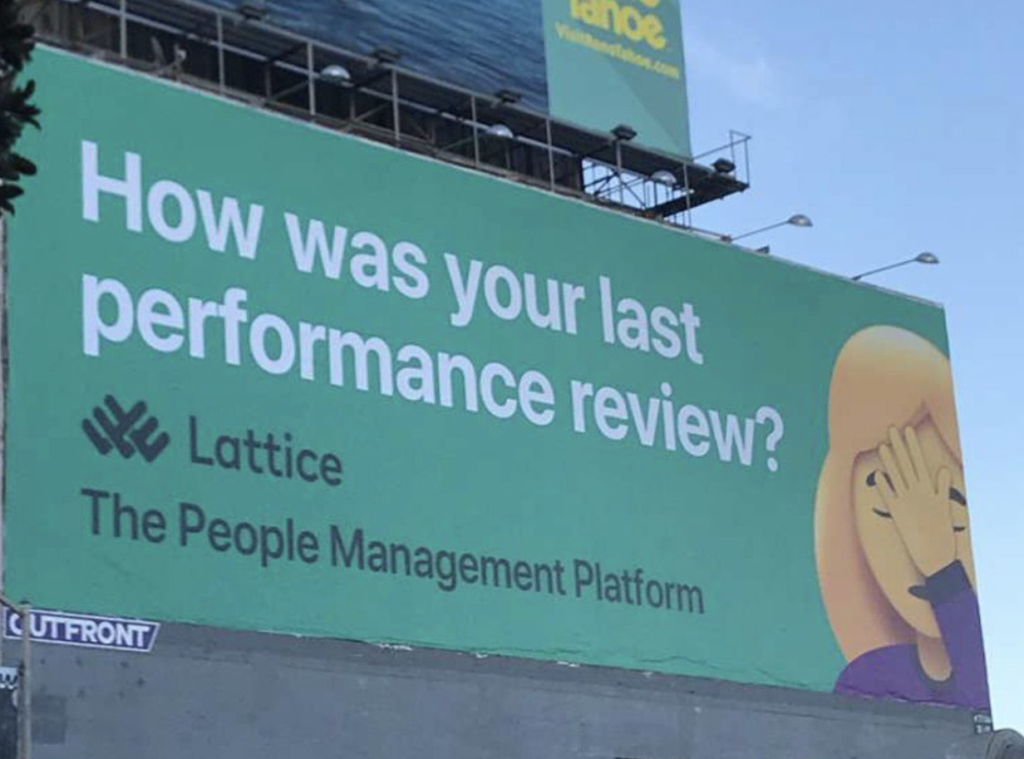
“Perception is reality. Appear bigger than you actually are.”
– Alex Kracov, Head of Marketing
5. Leveraged its brand marketing to support lead generation
Altman recognized right away that the established performance management category was missing a voice, and so Altman decided to capitalize on the void. Lattice got obsessed with content, and quickly earned an excess share of voice (eSOV). Later, Lattice re-structured its content into a literal library using Webflow’s CMS, which had a positive direct impact on their SEO.
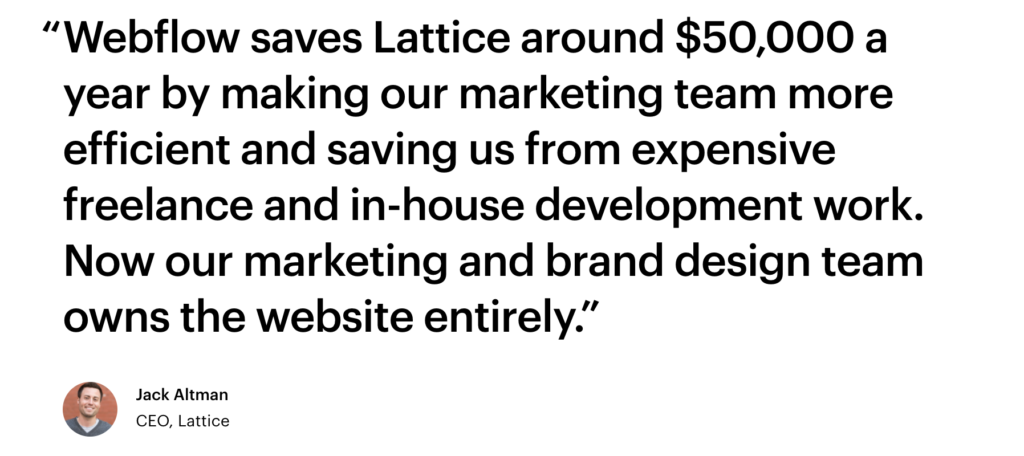
Altman wanted Lattice’s content to be so good, so informative that it could stand on its own, even “without the software company it sits on top of.” By investing as much in content as it did in lead generation, “prospects [could] come into the sales funnel more deeply,” said Altman. Lattice’s brand marketing has a positive, direct impact on its sales pipeline.
Lattice’s marketing and design team also took control of their website because it was taking too long to make changes and Lattice “wanted to be able to act quickly and experiment with messaging.” Taking control gave Lattice a competitive advantage in that they could iterate on their messaging faster.
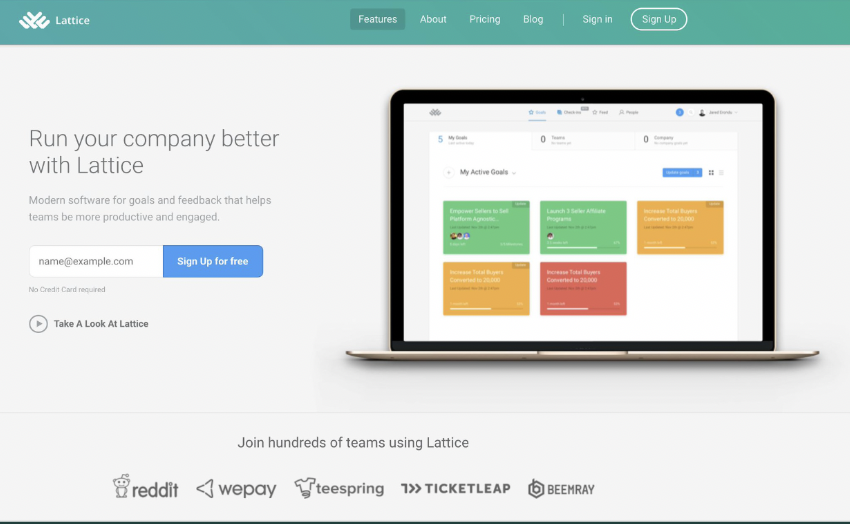
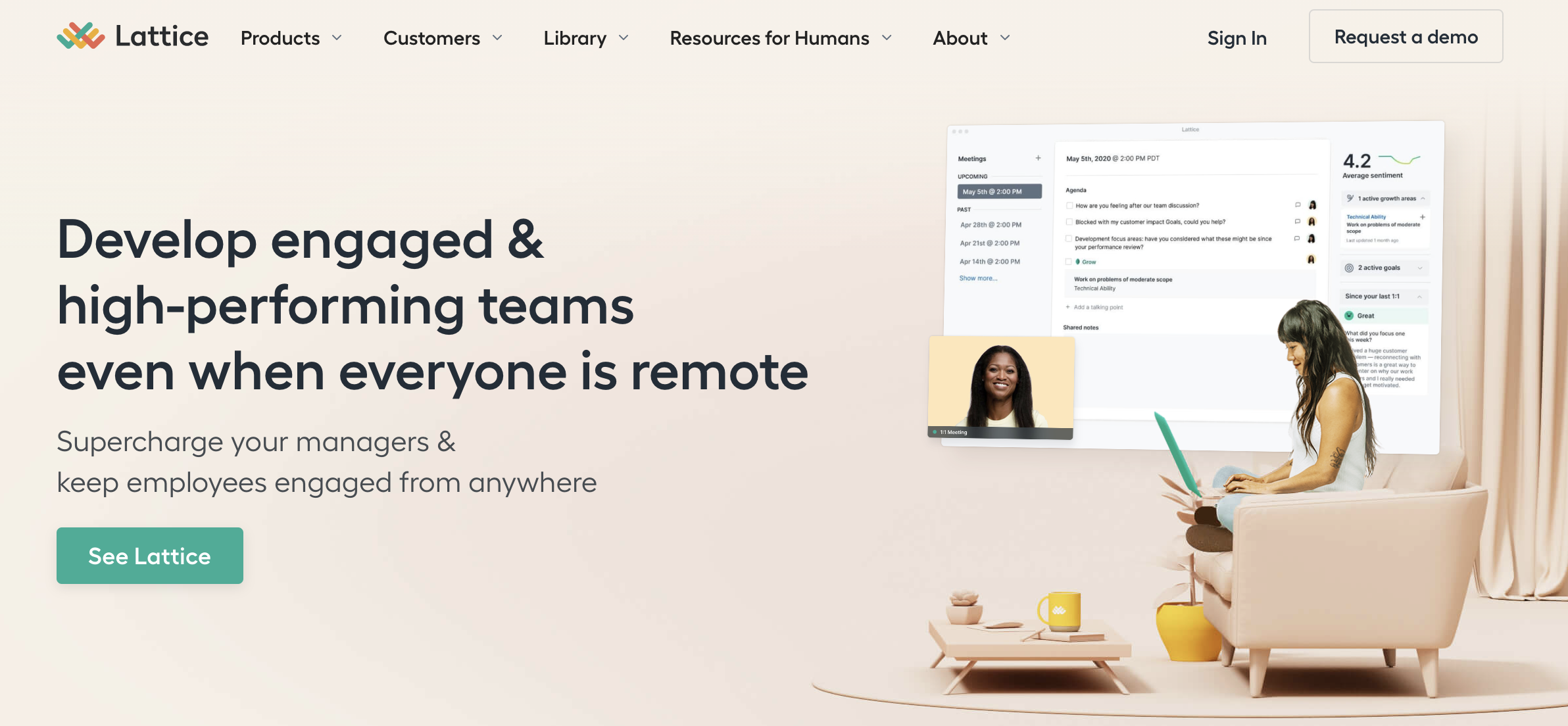
Lattice also made Facebook work for them as a sales channel. Working with Clearbit, Lattice brought their cost per acquisition down to $12 a signup from $30 a signup on LinkedIn. Lattice also built Resources for Humans, a niche, free 10K+ Slack community. Lattice’s Slack community acts as a moat for Lattice “because the brand was the first mover on a quality community in a niche without one.”
In 2014, a study found that basically every single person hated performance reviews. In 2021, thanks to Lattice’s product suite, things are looking up.


